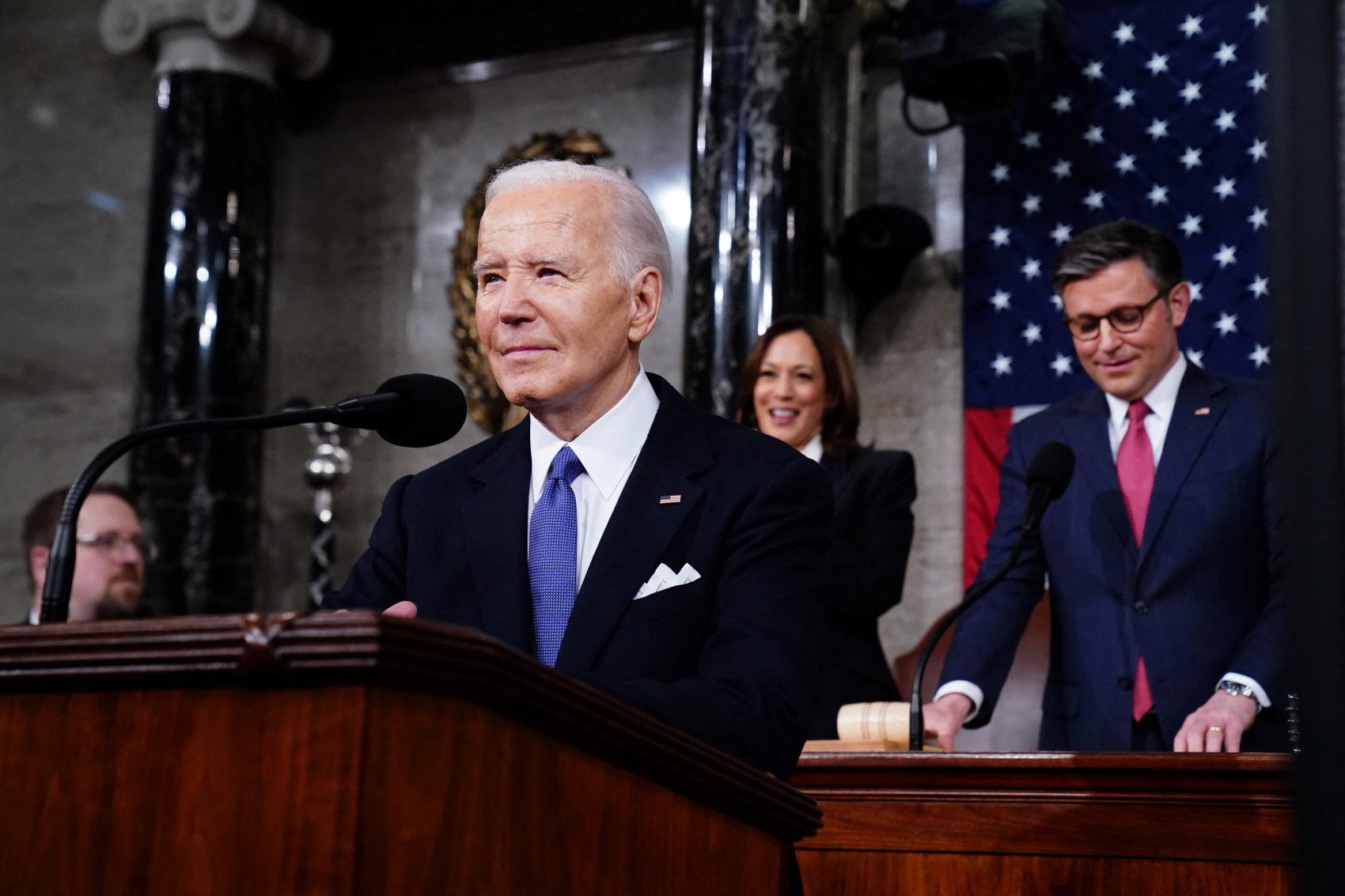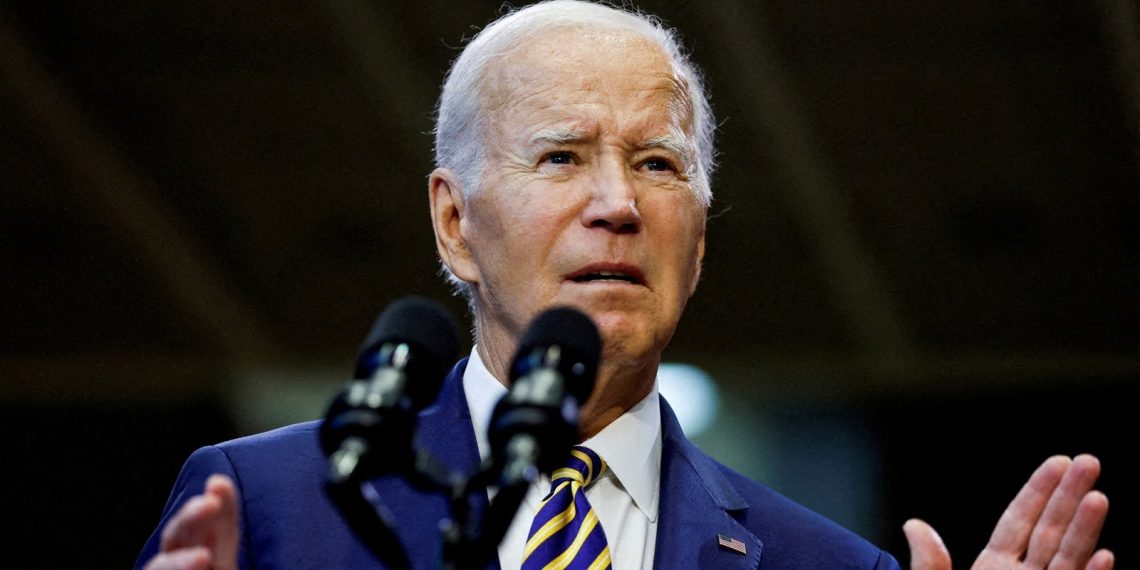President Joe Biden‘s proposed defense and national security budget for the upcoming fiscal year is only marginally higher than the previous year, constrained by a 1% increase limit set in a two-year budget deal.
The $895 billion budget request encompasses homeland security and nuclear weapons-related activities under the Department of Energy.
However, the modest increase falls short of covering inflation, necessitating adjustments in various defense programs.

Under the imposed cap, the Pentagon’s allocation is $850 billion, forcing adjustments such as reduced purchases of the F-35 jet and Guam air defenses. Procurement programs, including aircraft carriers and submarines, face delays due to budget constraints.
Despite proposing a 4.5% troop pay raise, the budget also entails cost reductions by retiring older, more expensive-to-operate weaponry like ships and planes, with plans to retire 10 Navy ships prematurely, including Littoral Combat Ships.
Last year, the Pentagon anticipated needing $880 billion by 2025, but the capped increase limits available funds. Consequently, the budget is anticipated to stir discussions in Congress, potentially leading to adjustments to surpass the $900 billion threshold for fiscal 2025.

Notably, the budget prioritizes the acquisition of key weapons systems, including the Precision Strike Missile (PrSM) and Long Range Anti-Ship Missiles (LRASM), aimed at modernizing the military’s capabilities.
The defense budget constitutes a significant portion of the U.S. discretionary spending, with the remainder allocated to transportation, education, and diplomacy.
However, the 2024 budget, which includes $886 billion for national security, is yet to be approved by Congress, necessitating government operations under a continuing resolution until a new budget is passed. Consequently, Pentagon orders for the F-35 fighter are expected to decrease, reflecting the budgetary constraints imposed.





